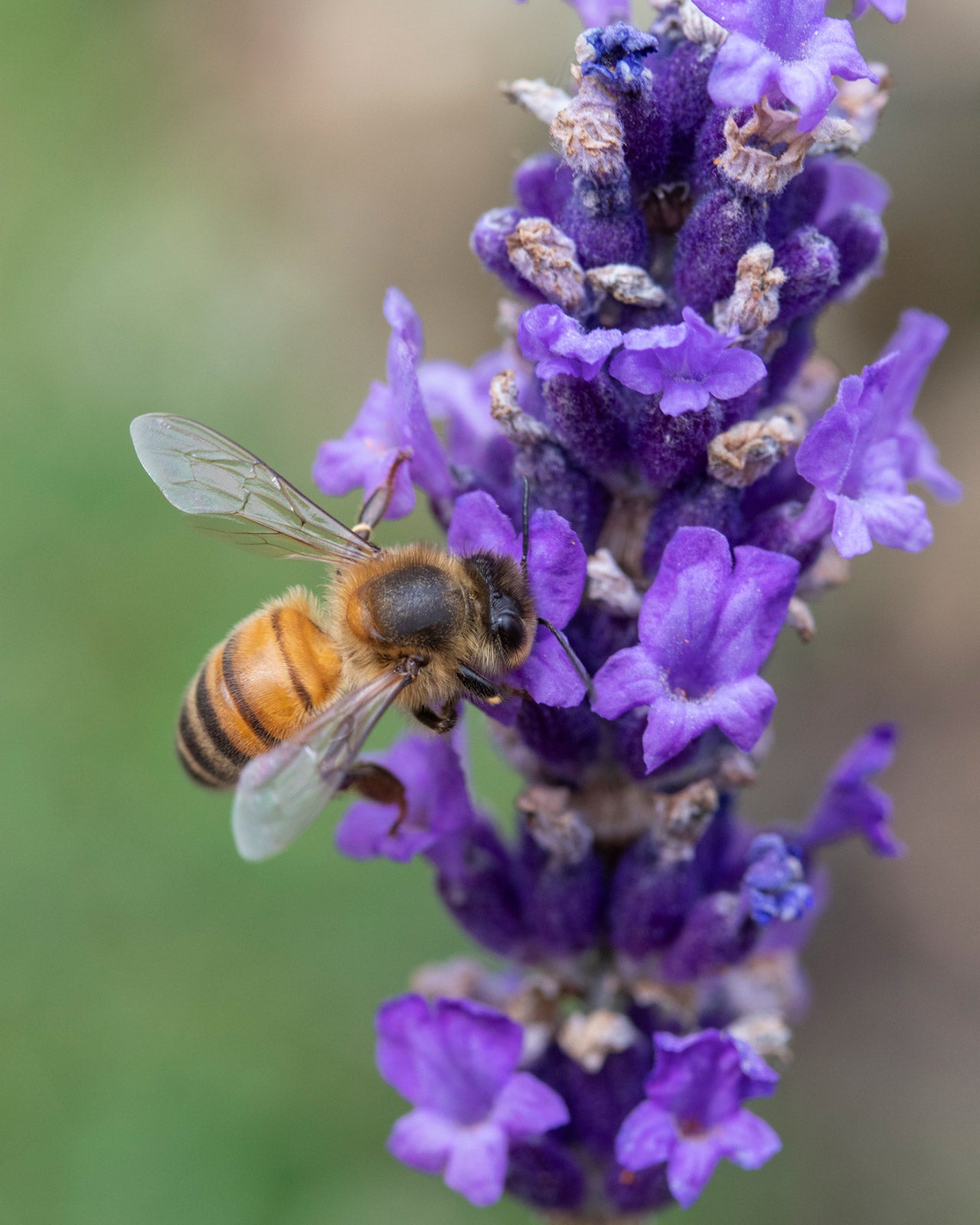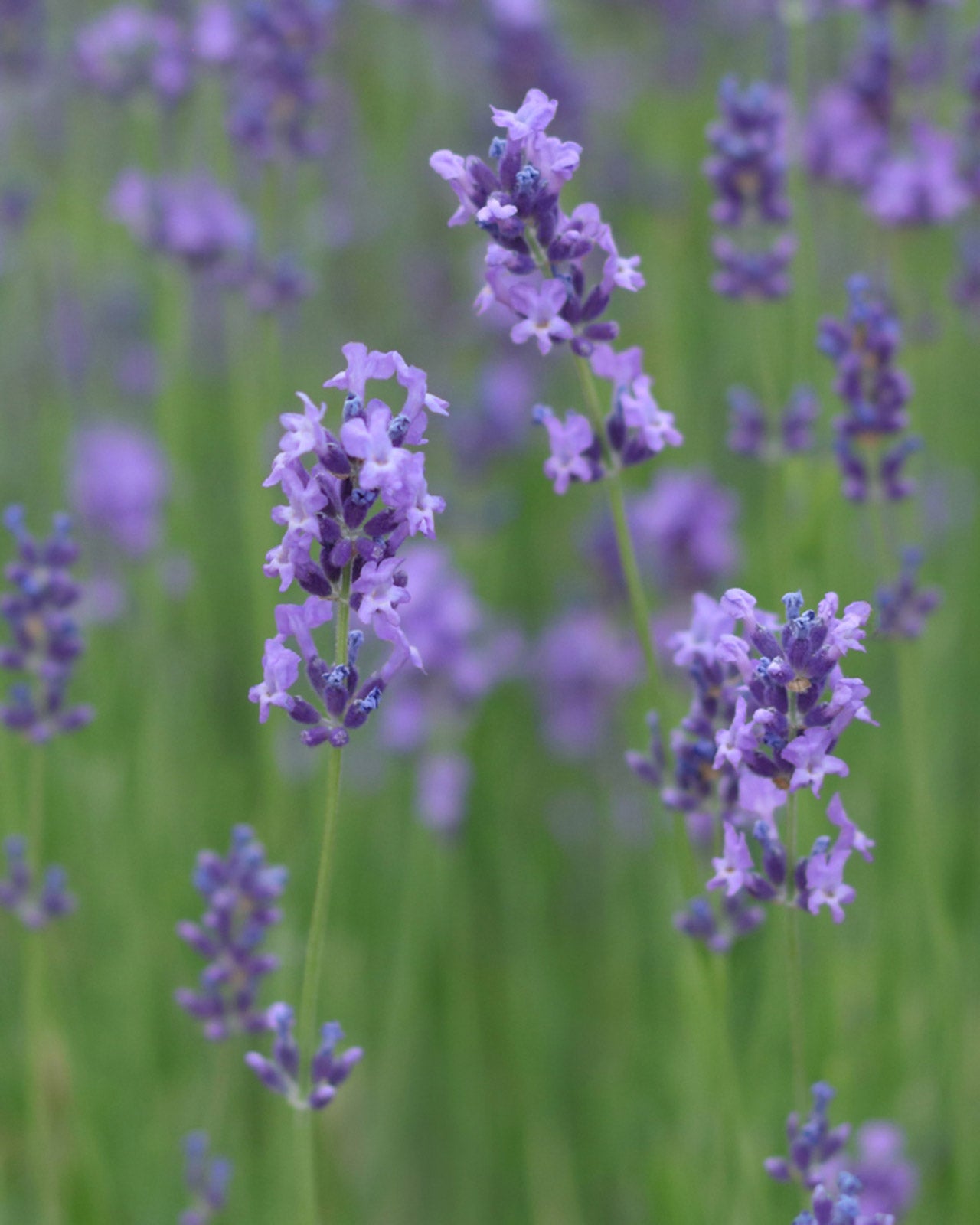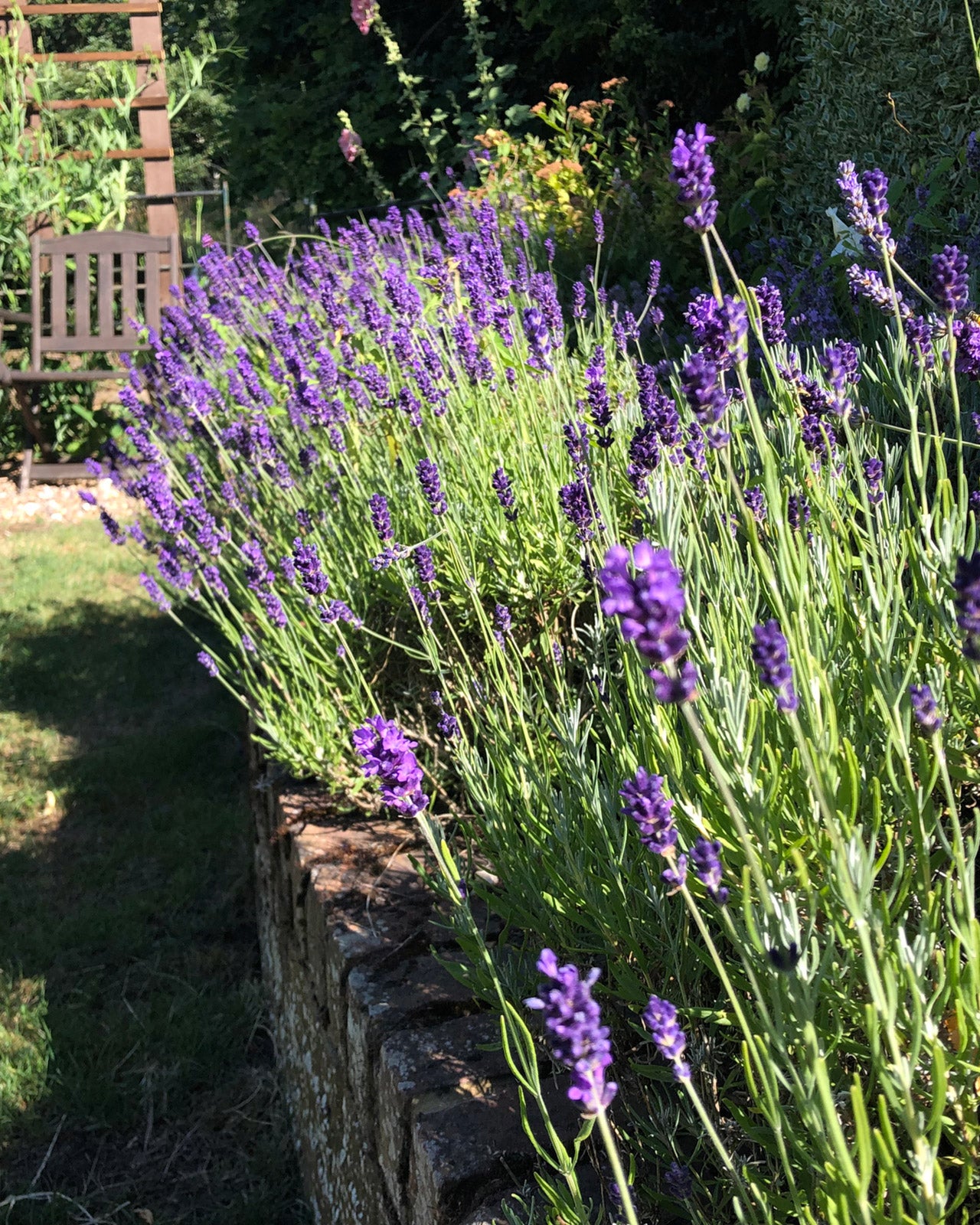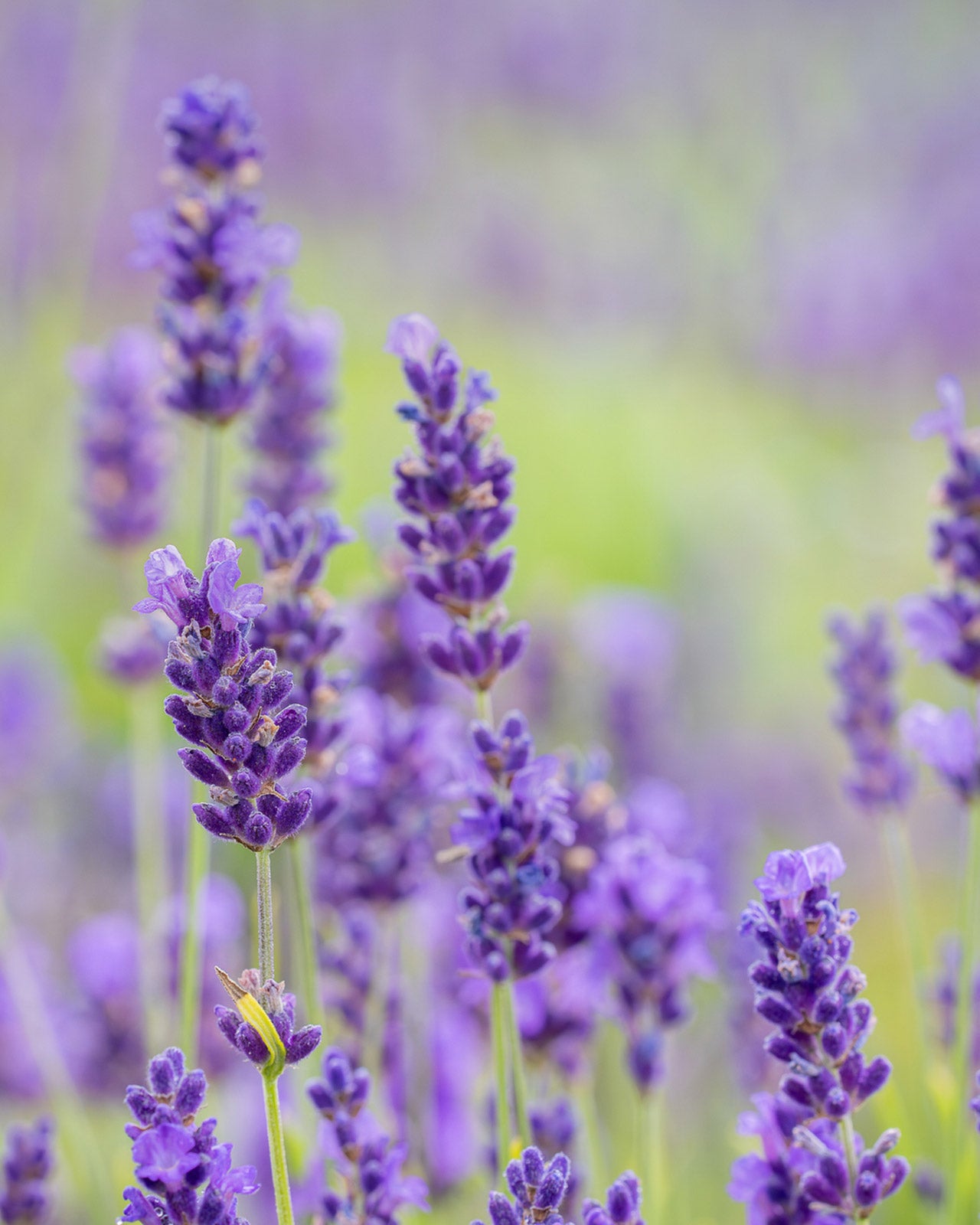



-
Why we like this plant
Lavandula angustifolia 'Hidcote' is a top choice for gardeners looking for a reliable, low-maintenance lavender with intense flower colour and fragrance. Its compact habit makes it perfect for small gardens, while its drought resistance ensures it thrives in sunny, dry conditions.
-
About this plant
Lavandula angustifolia 'Hidcote' is one of the most popular English lavenders, valued for its deep violet-purple flowers and aromatic, silvery-grey foliage. Flowering from early to mid-summer, it attracts bees, butterflies, and other pollinators, making it a fantastic choice for wildlife-friendly gardens. Its compact, dense growth makes it ideal for edging pathways, creating low hedges, or adding structure to cottage gardens and rockeries. Hardy and drought-tolerant once established, this easy-care perennial thrives in well-drained soils and full sun, providing beauty and fragrance year-round.
-
Key features
- Deep violet-purple flower spikes with a strong fragrance
- Long flowering season from early to mid-summer
- Silvery-grey aromatic foliage
- Compact, bushy habit ideal for hedging and borders
- Attracts bees, butterflies, and pollinators
-

Height and
spread -

Growth
habitCompact, bushy, clump-forming
-

Moisture
Drought tolerant; prefers dry to moderately moist conditions
-

Position in
the GardenBorders, hedging, rock gardens, containers, cottage gardens
Planting guide
- Plant in full sun for best flowering and fragrance
- Space plants 30-40cm apart for good air circulation
- Plant in spring or autumn for strong establishment
- Add grit or sand to heavy soils to improve drainage
Care tips
- Plant in well-drained, sandy or loamy soil
- Water sparingly once established; lavender prefers dry conditions
- Prune lightly after flowering to maintain shape and encourage new growth
- Avoid heavy feeding; a light mulch of compost in spring is sufficient
- Ensure good air circulation to prevent fungal issues
Winter care
- Fully hardy but benefits from a light mulch in colder regions
- Ensure soil is well-drained to prevent root rot over winter
- Avoid heavy pruning in autumn to protect against frost damage













